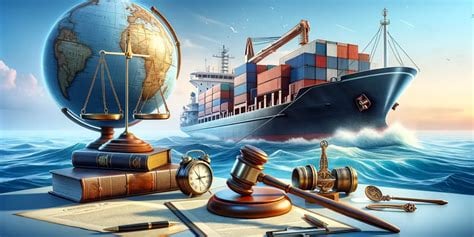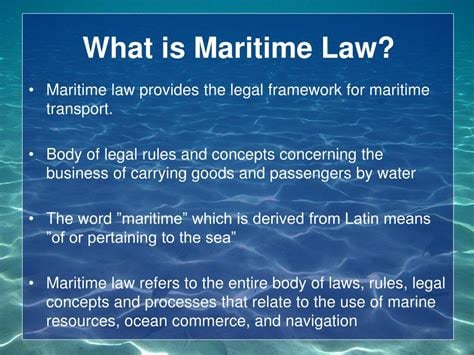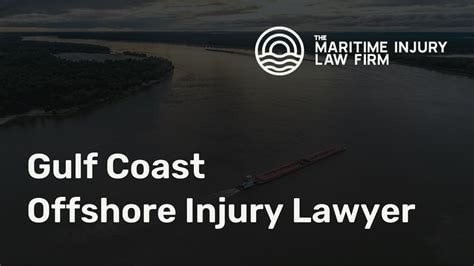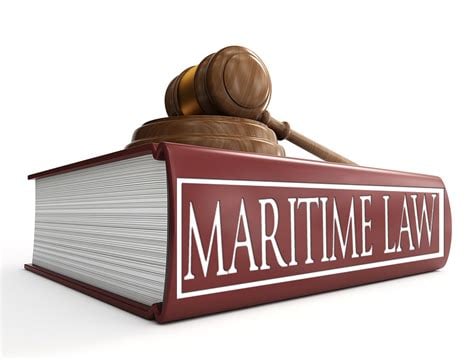
- High Seas Definition: A Comprehensive Guide to Maritime Law
- Introduction
- High Seas and Maritime Law
- Legal Zones in the Oceans
- International Organizations and Agreements
- Environmental Concerns
- Table: Legal Zones in the Oceans
- Conclusion
-
FAQ about High Seas Definition in Maritime Law
- What are the high seas?
- Where do the high seas begin?
- What activities are allowed on the high seas?
- Who has jurisdiction over the high seas?
- What is the difference between the high seas and the exclusive economic zone (EEZ)?
- What is the continental shelf?
- What is the deep seabed?
- What are the main international agreements that govern the high seas?
- What are the major challenges facing the high seas?
- What can be done to protect the high seas?
High Seas Definition: A Comprehensive Guide to Maritime Law
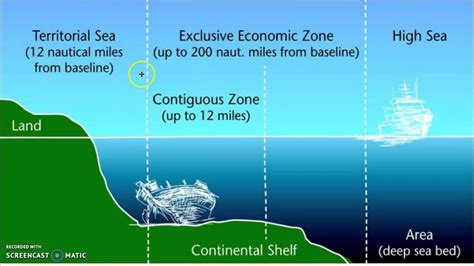
Introduction
Readers, welcome to our in-depth exploration of the high seas definition in maritime law. In this comprehensive guide, we aim to provide a clear understanding of this crucial concept, which defines the legal regime applicable to vast expanses of the world’s oceans. Let’s dive right in!
What are the High Seas?
The high seas are defined under international law as all parts of the sea that are beyond the territorial waters or the exclusive economic zones (EEZs) of any state. They are often referred to as international waters or the open sea and constitute a vast, open-access area where no single nation has exclusive jurisdiction.
Key Characteristics of the High Seas
- Non-Territoriality: The high seas are not subject to the sovereignty of any particular state.
- Freedom of Navigation: Ships of all nations have the right to navigate freely on the high seas.
- Freedom of Fishing: Fishing is permitted on the high seas, subject to certain regulations.
- Exploration and Exploitation: States and individuals have the right to explore and exploit the resources of the high seas, including minerals and marine life.
High Seas and Maritime Law
Jurisdiction and Law Enforcement
The high seas are governed by international law, primarily the United Nations Convention on the Law of the Sea (UNCLOS). The Convention establishes a legal framework for various activities on the high seas, including navigation, fishing, and environmental protection. Coastal states also have limited jurisdiction over their contiguous zones.
Freedom of the Seas
One of the foundational principles of maritime law is the freedom of the seas, which grants all nations the right to use and navigate the high seas without hindrance. This freedom includes the right to engage in fishing, exploration, and scientific research. However, certain restrictions may apply, such as those related to environmental protection.
Piracy and Other Crimes
Piracy is a serious offense committed on the high seas. It involves acts of violence, robbery, or detention against ships or aircraft at sea. Other international crimes that may be committed on the high seas include drug trafficking, human smuggling, and terrorism.
Legal Zones in the Oceans
In addition to the high seas, the oceans are divided into several legal zones with varying degrees of jurisdiction. These include:
- Territorial Waters: The territorial waters of a state extend up to 12 nautical miles from its baseline (usually the coast).
- Contiguous Zone: The contiguous zone extends up to 24 nautical miles from the baseline. Coastal states have limited jurisdiction here for law enforcement, customs, and immigration.
- Exclusive Economic Zone (EEZ): The EEZ extends up to 200 nautical miles from the baseline. Coastal states have exclusive rights to fish, exploit natural resources, and regulate other activities within their EEZ.
- Continental Shelf: The continental shelf is the seabed and subsoil of the submarine areas that extend beyond the territorial waters. Coastal states have sovereign rights over the exploration and exploitation of natural resources on their continental shelf.
International Organizations and Agreements
Several international organizations and agreements play a vital role in regulating activities and protecting the high seas. These include:
- International Maritime Organization (IMO): The IMO promotes maritime safety and environmental protection through international cooperation.
- United Nations Conference on Trade and Development (UNCTAD): UNCTAD provides support to developing countries in their efforts to develop and manage their maritime resources.
- United Nations Environment Programme (UNEP): UNEP focuses on protecting the marine environment from pollution and other threats.
- Convention on the Conservation of Migratory Species of Wild Animals (CMS): The CMS aims to protect migratory species, including marine mammals and sea turtles.
Environmental Concerns
The high seas are home to diverse marine ecosystems and play a crucial role in climate regulation. However, they face increasing threats from pollution, overfishing, and climate change. International cooperation is essential to address these challenges and protect the high seas for future generations.
Table: Legal Zones in the Oceans
| Legal Zone | Distance from Baseline | Jurisdiction |
|---|---|---|
| Territorial Waters | Up to 12 nautical miles | Full sovereignty |
| Contiguous Zone | Up to 24 nautical miles | Limited jurisdiction for law enforcement, customs, and immigration |
| Exclusive Economic Zone (EEZ) | Up to 200 nautical miles | Exclusive rights to fish, exploit natural resources, and regulate other activities |
| Continental Shelf | Variable | Sovereign rights over exploration and exploitation of natural resources |
| High Seas | Beyond EEZs | Non-territorial, open-access area under international law |
Conclusion
Dear readers, we hope this comprehensive guide has provided you with a clear understanding of the high seas definition in maritime law. The high seas constitute a vital global resource that requires collective efforts to protect and sustain. By engaging with international organizations and agreements, we can ensure the sustainable use of the oceans and safeguard the marine environment for generations to come.
Visit our website for more informative articles on maritime law and other fascinating topics!
FAQ about High Seas Definition in Maritime Law
What are the high seas?
The high seas are the open ocean beyond the territorial waters of any country. They are considered international waters and are not subject to the laws of any one country.
Where do the high seas begin?
The high seas begin at the edge of the territorial waters of a country, which is typically 12 nautical miles from the coast.
What activities are allowed on the high seas?
Activities that are allowed on the high seas include fishing, navigation, and scientific research. However, some activities, such as piracy and dumping, are prohibited.
Who has jurisdiction over the high seas?
No single country has jurisdiction over the high seas. However, the United Nations Convention on the Law of the Sea (UNCLOS) establishes a framework for international cooperation on the high seas.
What is the difference between the high seas and the exclusive economic zone (EEZ)?
The exclusive economic zone (EEZ) is an area of the ocean that extends 200 nautical miles from the coast of a country. Within the EEZ, the country has exclusive rights to explore and exploit the marine resources. The high seas are beyond the EEZ and are not subject to the laws of any one country.
What is the continental shelf?
The continental shelf is the submerged portion of a continent that extends beyond the edge of the territorial waters. Countries have the right to explore and exploit the resources of the continental shelf up to a distance of 200 nautical miles from the coast.
What is the deep seabed?
The deep seabed is the part of the ocean floor that is beyond the continental shelf. It is not subject to the laws of any one country and is considered the common heritage of mankind.
What are the main international agreements that govern the high seas?
The main international agreements that govern the high seas are the United Nations Convention on the Law of the Sea (UNCLOS) and the International Convention for the Prevention of Pollution from Ships (MARPOL).
What are the major challenges facing the high seas?
The major challenges facing the high seas include overfishing, pollution, and climate change.
What can be done to protect the high seas?
There are a number of things that can be done to protect the high seas, including:
- Reducing fishing pressure
- Reducing pollution
- Mitigating climate change
- Establishing marine protected areas
